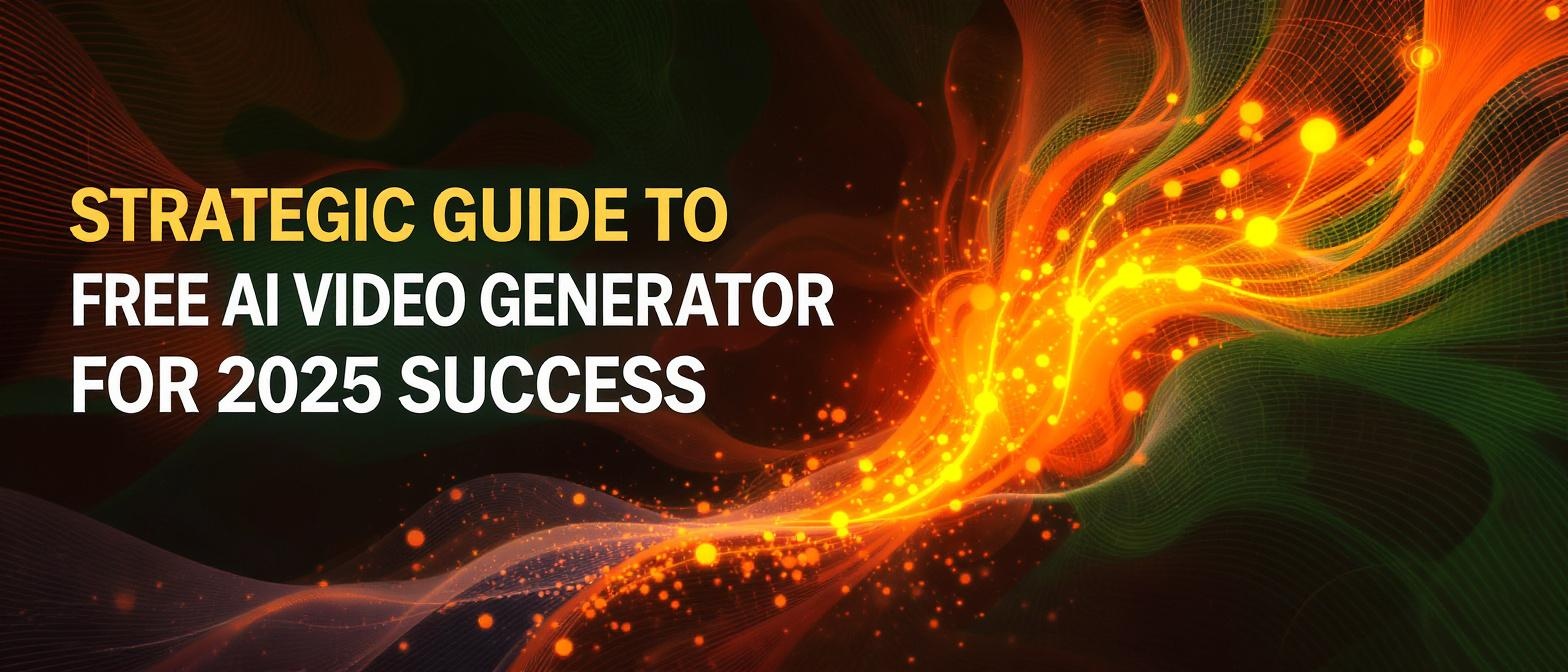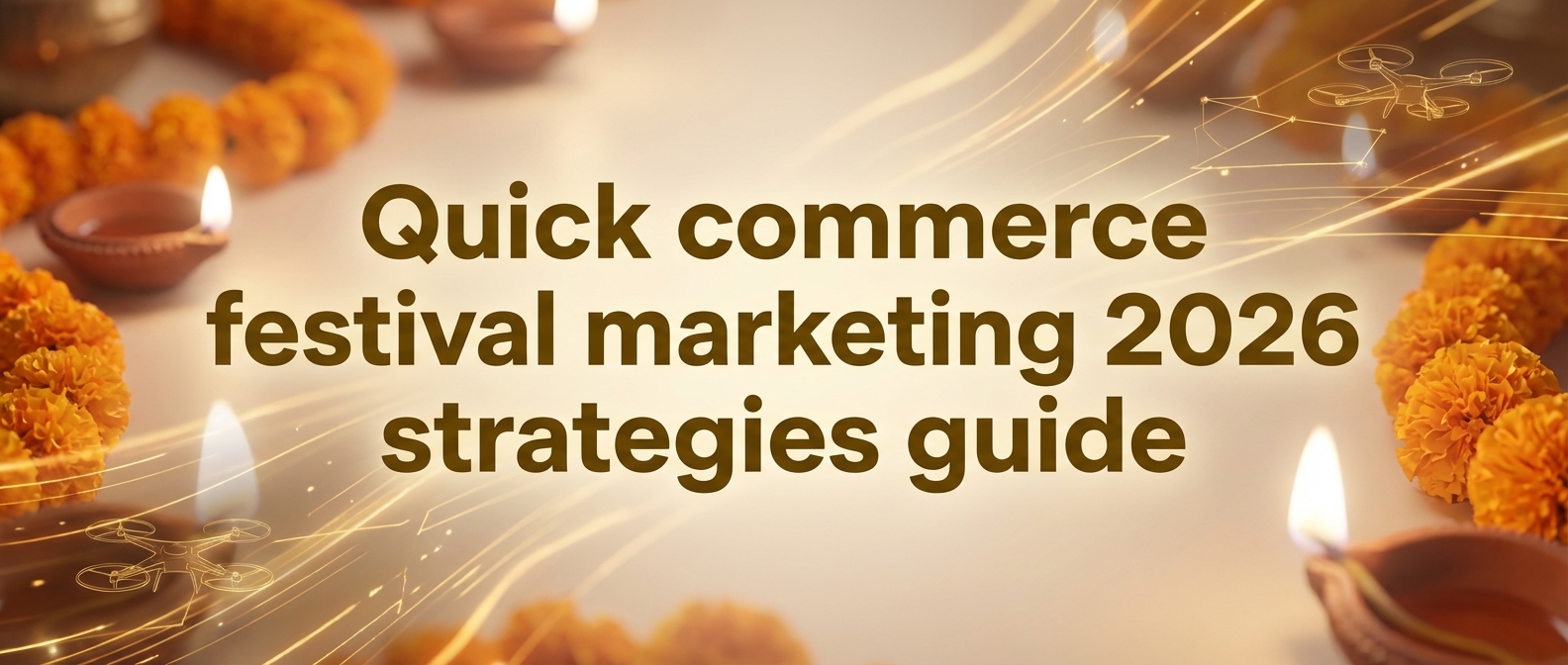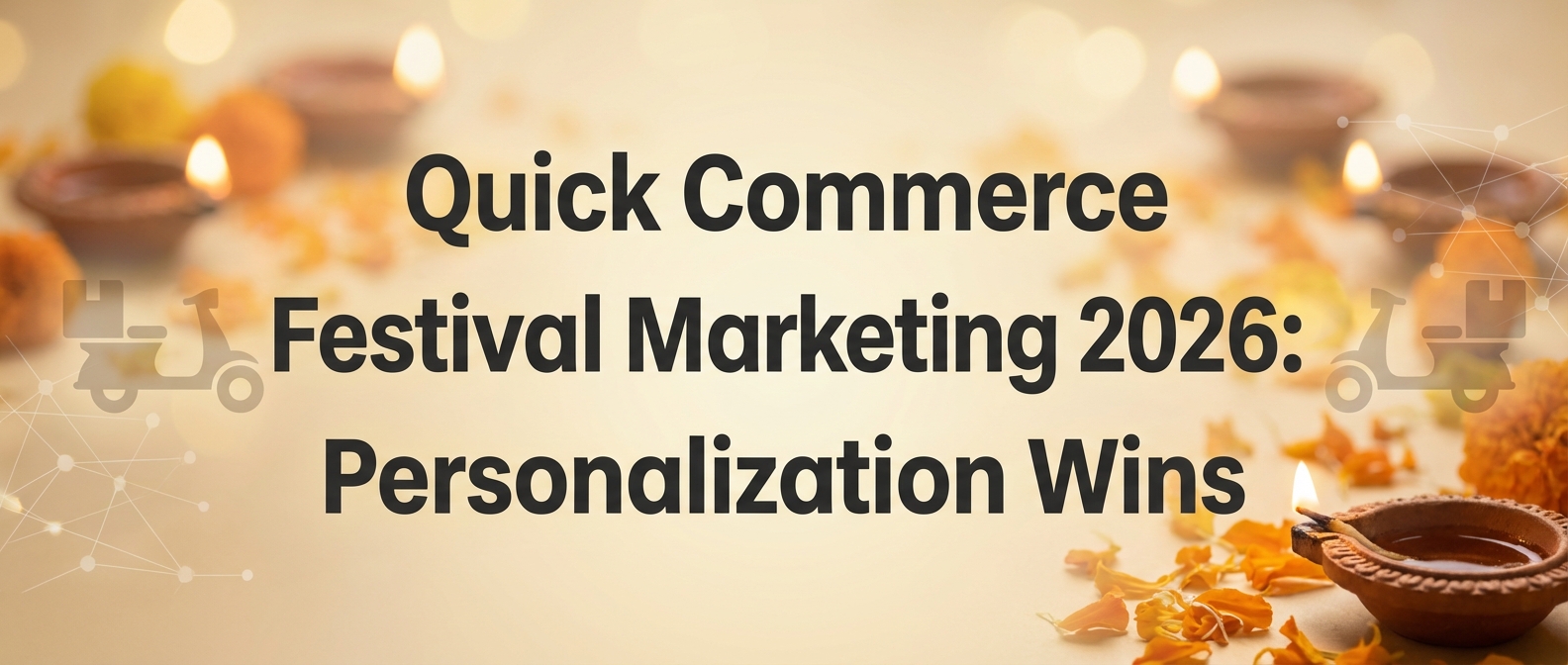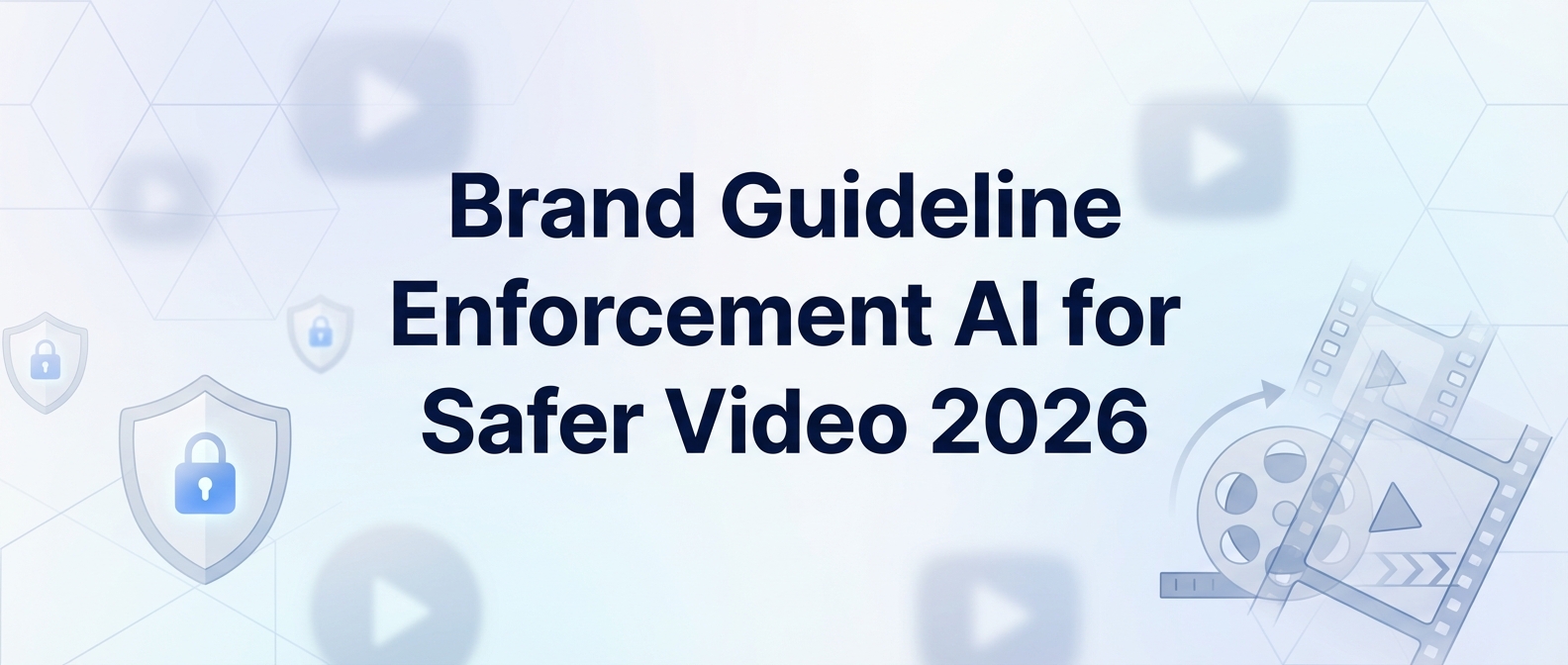Beyond Free Tools: A Strategic Guide to AI Image-to-Video Generation
Estimated reading time: 12 minutes
Key Takeaways
- AI video generation allows scalable and rapid content production.
- Advanced lip-sync and voice synthesis ensure higher-quality and realistic output.
- Ethical considerations and licensed avatars are essential for compliance.
- Robust testing and ROI tracking maximize business impact.
- Future trends (full-body motion, interactive avatars) will redefine video marketing in 2025.
In today's fast-paced digital landscape, static images are no longer enough. Video content reigns supreme, but traditional production remains a significant bottleneck for many. The rise of the AI image to video generator promises a solution, but simply knowing how to create a video for free is only the first step. According to recent industry analysis from Zebracat, AI-generated avatars and digital actors already appear in 36% of brand-produced videos, signaling a massive shift in content strategy. The real challenge isn't just making a picture talk; it's making it speak to the right audience, in the right language, while upholding brand integrity and delivering measurable business results.
While many guides focus on the basic mechanics of free AI video generator tools, they often overlook the strategic framework required for scalable, ethical, and high-ROI implementation. This article moves beyond the basics. We'll provide a comprehensive blueprint for integrating AI-generated video into your workflow, covering the advanced technical nuances, ethical considerations, and precise ROI calculations that are critical for success in 2025 and beyond. Prepare to transform your static assets into a powerful engine for growth.
Section 1 – Reimagining the Scale of Video Content
The conversation around AI video generation has moved from a novelty to a strategic necessity. For businesses, the challenge is no longer if they should use video, but how they can produce it at the scale and speed required by modern marketing channels. The data underscores this urgency: nearly 79% of eCommerce brands now use AI-generated videos to showcase products, recognizing that a single product photo can be multiplied into dozens of targeted ad variations. This isn't just about saving money; it's about unlocking unprecedented agility. 10 Essential Video Types for Business Marketing Success provides further insights into effective video strategies that can enhance your marketing efforts.
The economic argument is equally compelling. A 2025 report highlights that 63% of businesses using AI video tools have slashed their average production costs by approximately 58% compared to traditional methods. This efficiency allows teams to reallocate budgets from costly shoots to strategic distribution and campaign optimization. The true opportunity lies in leveraging this technology to overcome the traditional barriers of localization, personalization, and A/B testing. Instead of one hero video, you can now generate hundreds of micro-videos tailored to different demographics, languages, and platforms, fundamentally changing the economics of engagement. As discussed by experts at Carnegie Mellon University, this power also brings a responsibility to use it ethically, a crucial consideration we will explore further.
Section 2 – From Pixels to Persona: The Technology Driving Quality
Understanding the technology behind an AI image to video generator is key to creating compelling content rather than uncanny digital puppets. At its core, the process relies on a suite of machine learning models working in concert. Generative Adversarial Networks (GANs) are the creative force, trained on vast datasets of human movement and expression to predict how a static face should animate. Simultaneously, optical flow estimation algorithms calculate the trajectory of each pixel between frames, ensuring the motion appears fluid and natural, not jerky.
However, the real differentiator in quality lies in the sophistication of the lip-sync and voice synthesis models. Basic free tools often use generic text-to-speech engines that can sound robotic and fail to match mouth movements accurately, especially with complex words or emotional inflections. Advanced platforms like Studio by TrueFan AI enable a superior level of realism by using high-fidelity voice cloning from professional actors and training their models on licensed, high-resolution video data. This ensures that the generated speech has natural cadence and that the lip-sync is virtually flawless. Furthermore, by using digital twins of real, licensed influencers, these platforms bypass the "deepfake" ambiguity, providing a foundation of authenticity and trust from the outset. For more on enhancing video quality, refer to 5 AI Video Enhancement Techniques to Revolutionize Video Quality Improvement in 2025.
Section 3 – An Advanced Framework for AI Video Implementation
Moving from ad-hoc video creation to a systematic engine requires a strategic framework. The simple upload-and-render workflow offered by free tools is insufficient for business applications. Follow this five-step implementation plan to integrate AI video generation into your marketing operations effectively.
Step 1: Goal-Oriented Asset Selection
Begin with a clear business objective. Are you A/B testing a call-to-action for a social media ad? Or creating personalized onboarding videos? Select your source image based on this goal. For a product demo, a clean, high-resolution product shot is ideal. For a corporate announcement, a professional headshot of a key executive is more appropriate. The asset must align with the message's intent.
Step 2: Scripting for Scalable Localization
Write a core script that is concise (ideally 100-150 characters for maximum impact) and culturally neutral. This master script will serve as your template. Now, adapt it for different target markets. This goes beyond simple translation; consider local idioms, cultural references, and specific regional offers. This is where multi-language support becomes a superpower. For example, Studio by TrueFan AI's 175+ language support and AI avatars allow you to generate dozens of localized variants from a single core script in minutes, ensuring perfect lip-sync for each language.
Step 3: Avatar and Brand Alignment
Choose an AI avatar that embodies your brand's persona. Is your brand youthful and energetic, or formal and authoritative? Platforms offering a library of licensed, real-life avatars provide a significant advantage here, as they come with established personas that can accelerate audience connection. Ensure the avatar's style, tone, and delivery match your brand guidelines. For a deeper understanding of avatar integration, see AI Avatars for Video Marketing: Definitive 2025 Guide.
Step 4: Iterative Generation and A/B Testing
Generate multiple variations of your video. Test different avatars, voice tones, background images, and calls-to-action. Create a 16:9 version for YouTube, a 1:1 for Instagram feeds, and a 9:16 for Stories and TikTok. This iterative process, which would be prohibitively expensive with traditional methods, is a core benefit of AI.
Step 5: Deployment, Measurement, and Optimization
Deploy your video variants across the intended channels and meticulously track their performance. Monitor metrics like view-through rate (VTR), click-through rate (CTR), and conversion rate. Analyze which combinations of avatar, script, and format perform best for each audience segment. Feed these insights back into Step 1 to continuously refine your strategy and improve ROI. For strategic API integrations, refer to AI Video API Integration: Strategic Guide for 2025.
Section 4 – Overlooked Considerations: Ethics, Authenticity, and Compliance
While the creative possibilities of AI video are exciting, ignoring the ethical and regulatory landscape is a critical mistake. The conversation around "deepfakes" has rightly put a spotlight on the potential for misuse, and businesses must operate with a framework of trust and transparency. A key consideration is the principle of consent. Using an image of a public figure or even a stock photo model to create a "talking photo" without explicit consent is a legal and ethical minefield. This is a primary limitation of many free tools that allow any image to be uploaded.
To navigate this, prioritize platforms that use fully licensed avatars or offer services to create a digital twin of a company spokesperson who has provided explicit consent. Furthermore, robust content moderation is non-negotiable. The technology should have built-in filters to prevent the generation of hateful, profane, or politically sensitive content, protecting your brand from accidental association with harmful messages. As regulations like the European Union's AI Act come into force, transparency will be mandated, requiring clear labeling of AI-generated content. Adopting these best practices now not only builds trust with your audience but also future-proofs your content strategy against upcoming legal requirements.
Section 5 – Calculating the ROI of Your AI Video Engine
The true value of an AI video generator is not just in cost savings but in its ability to generate a measurable return on investment. To calculate this, you must move beyond vanity metrics like views and focus on quantifiable business outcomes. A simple and effective ROI formula is:
ROI = (Gain from Investment - Cost of Investment) / Cost of Investment
Let’s break this down with a practical example. Suppose a marketing team spends ₹19,999/month on an AI video platform.
- Cost of Investment: ₹19,999
- Gain from Investment: This is measured by the incremental profit generated. The team creates 50 localized video ads for a new product launch, a task that would have been impossible with their traditional budget. They run an A/B test comparing these AI videos against their best-performing static image ads. The AI video ads result in a 15% higher click-through rate and a 10% increase in conversion rate, leading to an additional ₹60,000 in monthly profit.
- Calculation: (₹60,000 - ₹19,999) / ₹19,999 = 1.00 or 100% ROI.
Solutions like Studio by TrueFan AI demonstrate ROI through this kind of scalable A/B testing and personalization. By enabling the rapid creation of dozens of ad variants, they allow marketers to quickly identify the most effective creative, optimizing ad spend and maximizing conversion rates. Key metrics to track include Cost Per Acquisition (CPA), Customer Lifetime Value (CLV), and Lead Conversion Rate, all of which can be directly influenced by testing more relevant and personalized video content.
Section 6 – The Future Roadmap: Preparing for 2025 and Beyond
The technology underpinning AI video generation is evolving at an exponential rate. As we look toward 2025, several emerging trends are set to redefine the landscape. Full-body motion synthesis will allow avatars to move beyond simple head-and-shoulder shots, enabling more dynamic and engaging presentations. Real-time interactive avatars will transform customer service and live events, responding to user queries with instant, personalized video answers. For a deeper dive into upcoming trends, Superside offers expert predictions.
Preparing for this future requires a strategic shift today. First, businesses should begin building a library of high-quality, ethically sourced digital assets—including 3D models of products and professional photos of key personnel who have consented to be used as avatars. Second, start integrating AI video tools into your existing marketing automation workflows via APIs, creating a seamless pipeline from script to deployment. Finally, foster a culture of experimentation within your team. Encourage marketers and content creators to continuously test new formats, styles, and platforms to understand what resonates with your audience. The companies that will win in the next era of digital content are those that build the infrastructure and expertise to leverage these powerful new capabilities today.
Conclusion
The era of the AI image to video generator is here, but success is no longer defined by simply creating a talking picture for free. The strategic advantage in 2025 lies in building a scalable, ethical, and ROI-driven video content engine. This requires moving beyond basic tools to embrace platforms that offer technical sophistication, robust compliance, and deep integration capabilities. By focusing on a strategic implementation framework—one that prioritizes goal alignment, localization, ethical sourcing, and rigorous measurement—you can transform static assets into dynamic drivers of business growth.
The competitor's guide shows you how to press the buttons; this guide provides the strategy to win the game. The future of content is not just about automation; it's about intelligent scaling. The ultimate goal is to create a seamless workflow where a single idea can be instantly transformed into hundreds of personalized, compliant, and high-performing video assets that connect with your audience on a global scale. Start building your strategic foundation today, and you'll be prepared to lead in the dynamic video landscape of tomorrow.
Frequently Asked Questions
How do I ensure my AI-generated videos don’t sound robotic?
The key is to use a platform with high-quality, AI-powered voice cloning from professional voice actors. Write your scripts in a natural, conversational tone and keep sentences relatively short. The best platforms allow you to adjust pacing and inflection, giving you greater control over the final output’s emotional tone and authenticity.
What are the legal risks of using someone’s image without permission?
Using a person’s image to create a video without their explicit, informed consent can lead to significant legal trouble, including lawsuits related to right of publicity, defamation, and copyright infringement. To mitigate this risk, always use platforms that provide a library of pre-licensed avatars or create a digital twin of an employee or actor who has signed a comprehensive release form.
How can I measure the actual business impact of these videos?
Focus on conversion metrics over vanity metrics. Track the click-through rate (CTR) on your video ads, the conversion rate on landing pages linked from the videos, and the cost per acquisition (CPA). Use A/B testing to compare the performance of AI videos against static images or other control assets to isolate their specific impact on your goals.
What is the main difference between a free generator and a paid platform?
Free generators are excellent for experimentation but often come with limitations like watermarks, lower resolution output, robotic voices, and restricted usage rights. Paid platforms typically offer higher-quality avatars, superior lip-sync and voice technology, multi-language support, commercial licenses, and crucial features like brand safety and content moderation. Learn more in Beyond Free Tools: Guide to AI Image to Video Generator.
How does a tool like Studio by TrueFan AI ensure content is safe and compliant?
Studio by TrueFan AI employs a "walled garden" approach. It uses only fully licensed avatars of real influencers who have given consent. It also has built-in, real-time moderation that filters for profanity, hate speech, and other prohibited content, ensuring all generated videos align with brand safety standards and maintain a 100% compliance record.
Can AI truly replicate the nuance of a human presenter?
While AI has made incredible strides, replicating the subtle, spontaneous nuance of a top-tier human presenter is still a challenge. However, for a vast range of applications—such as scalable marketing messages, corporate training, and multilingual announcements—today’s leading AI avatars deliver a level of quality and consistency that is highly effective and often indistinguishable from a scripted human performance.




